Barcelona
Barcelona, the city of Gaudi! Though he died in 1926, his dream lives. Thousands of dedicated followers are working to complete the cathedral he designed by the 100th anniversary of his death. The sheer size of Sagrada Familia Basilica, a World Heritage Site, was overwhelming, but inside we found peace and enchantment. While Leslie and David climbed 400 steps to the top of one tower, Mabell and the girls toured the vast ground floor, and Fernando and I sat and prayed for loved ones in the sanctuary. The light, the quiet, the beauty–here are samples from my 36-photo album.
The area around the Sagrada was lively with tourists from all over the world. While Leslie and the girls visited enticing stores, some of us watched a street drama, as the Bombers de Barcelona (their fire department) rescued an incapacitated man from a high-rise apartment. The scene ended with the man on his way to the hospital in an ambulance and about 20 firemen quite proud of their teamwork. To me it was another example of Spaniards caring for those in need.
Sagrada is in Eixample, the most modern part of Barcelona. Many of the street intersections there are octagonal, constructed to make space for bus stops, taxi stands, motorbikes, and lots of trees and flowers. This article from The Guardian tells how this was the work of an early city planner, Ildefons Cerdà, who coined the term urbanization in 1867. Here’s an excerpt from the Guardian article:
Gardens in the centre of each street block; rich and poor accessing the same services; and smooth-flowing traffic were among his then revolutionary, even utopian-sounding ideas – many of which materialised to at least some extent.
Eixample remains a prominent part of Barcelona’s image today: the octagonal blocks, chamfered in the corners, were his unique idea to deal with traffic, allowing drivers to see more easily what was happening to the left and right. Cars hadn’t even been invented yet – but when Cerdà discovered railways: “He realised there would be some sort of small machines that each driver could stop in front of their house.” Even today, this design makes traffic circulation infinitely easier in Eixample.
So Gaudi wasn’t the first original thinker to leave his mark on Barcelona. Above is an overview of one of Cerdà’s octagonal intersections, with Gaudi’s Casa Milà at center top. Casa Milà, better known as La Pedrera, (‘The Quarry’), is a building designed by Gaudí and built during the years 1905–1912.
It was a controversial design at the time for the bold forms of the undulating stone facade and wrought iron decoration of the balconies and windows, designed largely by Josep Maria Jujol, who also created some of the plaster ceilings. Architecturally it is considered an innovative work for its steel structure and curtain walls – the façade is self-supporting. Other innovative elements then were the construction of underground car parking and separate lifts and stairs for the owners. Here are four images from my photo album of La Pedrera/Casa Mila, which we visited on Wednesday, June 19.
That same morning we visited yet another World Heritage Site by Gaudi, Casa Batlló, also known as “the house of genius,” where I took these eighteen photos. My mind was so fully Gaudi-expanded, that I rested most of the rest of the day, enjoying just being with my family.
On the 20th of June, my last full day in Barcelona, I realized two dreams: seeing the Picasso Museum with David and eating a great paella with all the family! The Museum featured a special exhibit on Fernande Olivier (1881-1966), who was Picasso’s partner from 1904-12, as well as his main model from the end of the Blue Period to Cubism. In her memoirs, Fernande tells of everyday life with Picasso and their friends–the artists, poets, collectors, and dealers who were lured to the ambiance of Montmartre in Paris. Picasso did some sixty portraits of Fernande, using all kinds of techniques.
And finally, paella at Salamanca, a restaurant on the Mediterranean coast. Traveling to this wonderful country with family was nourishing for both my body and my soul!
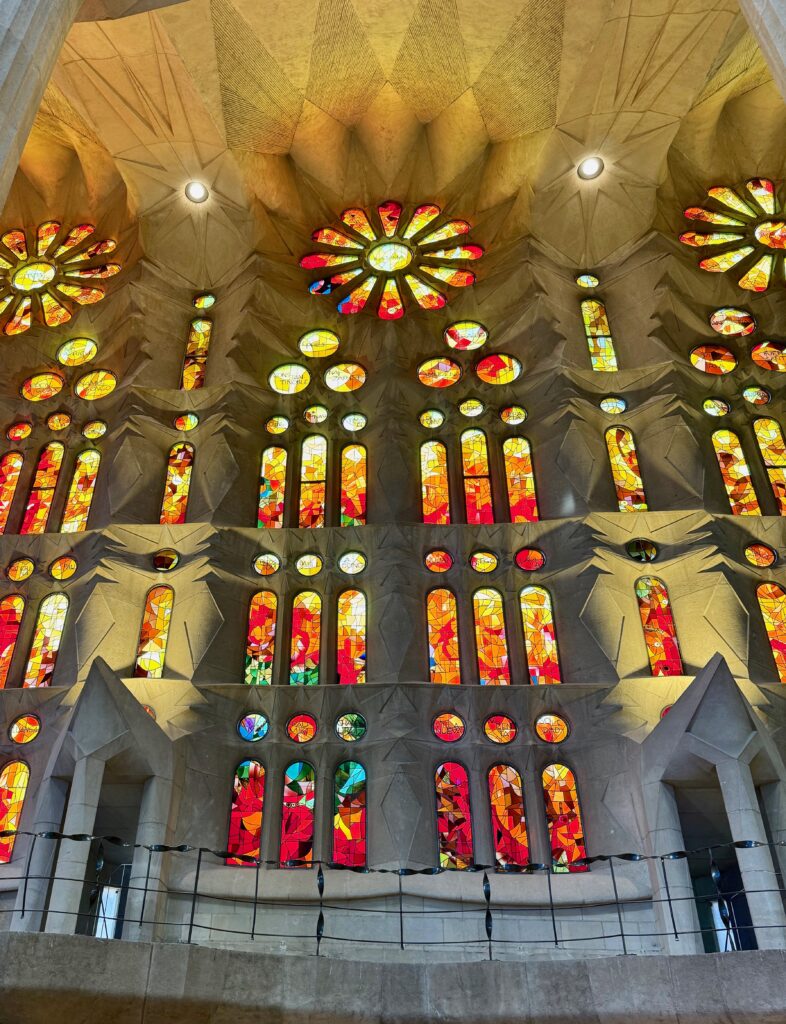
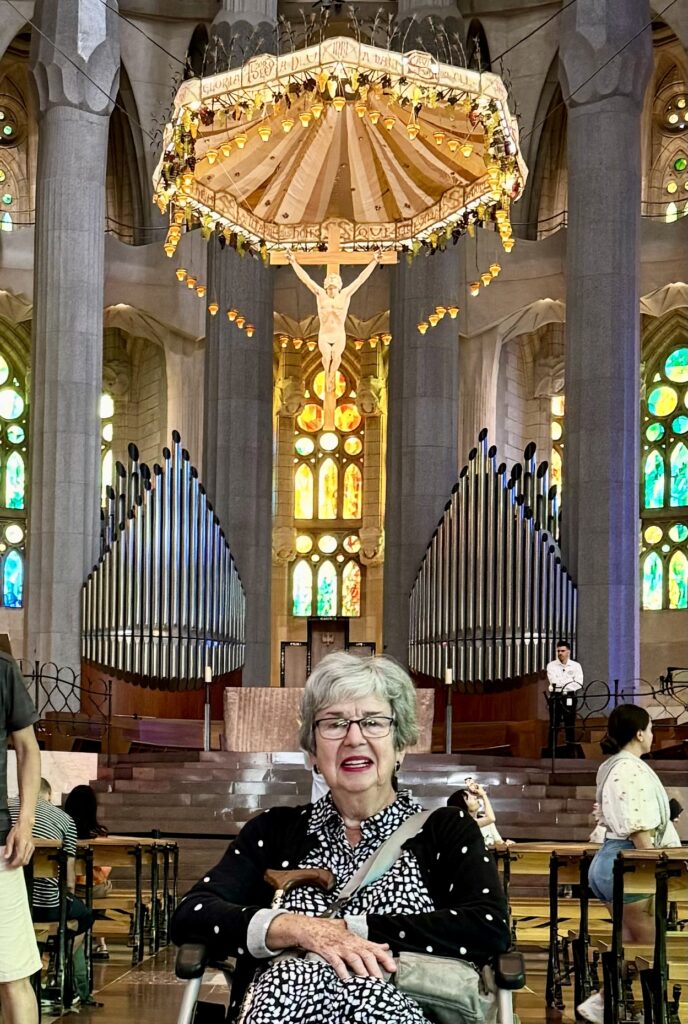
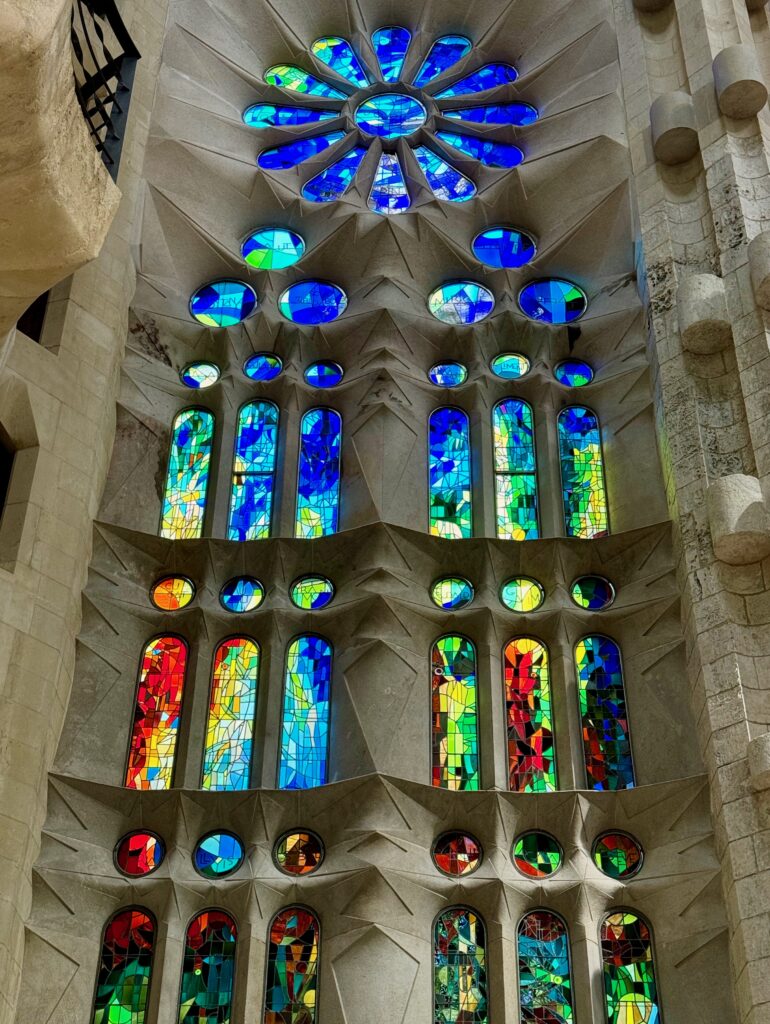
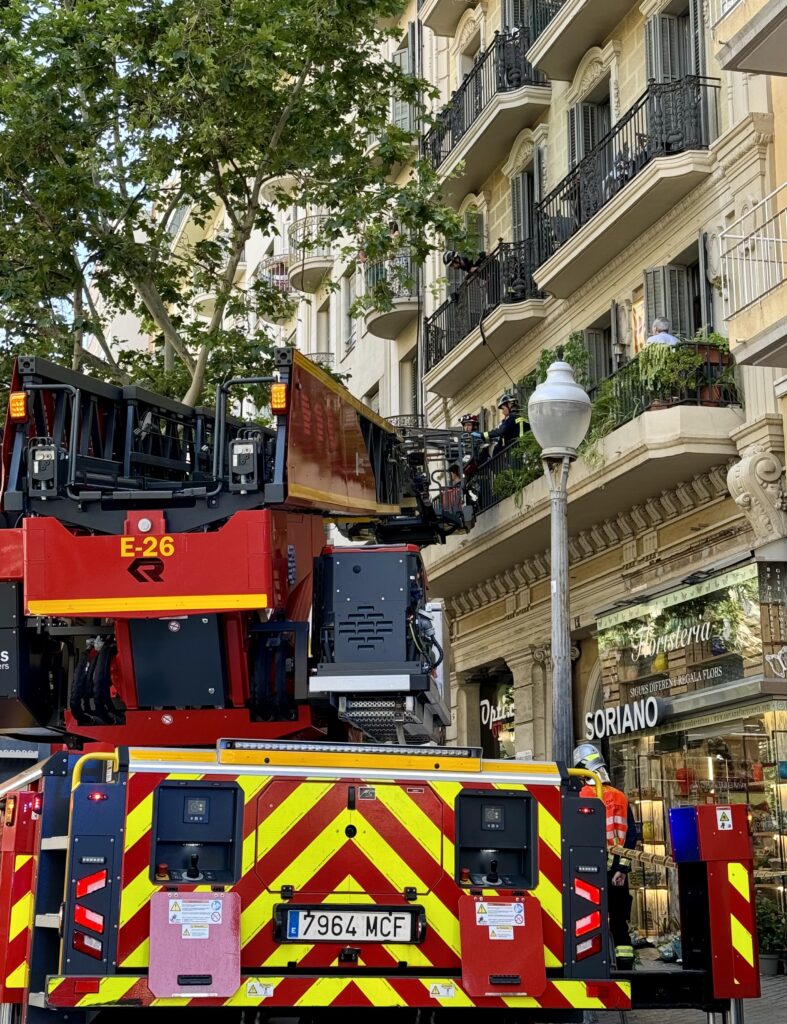
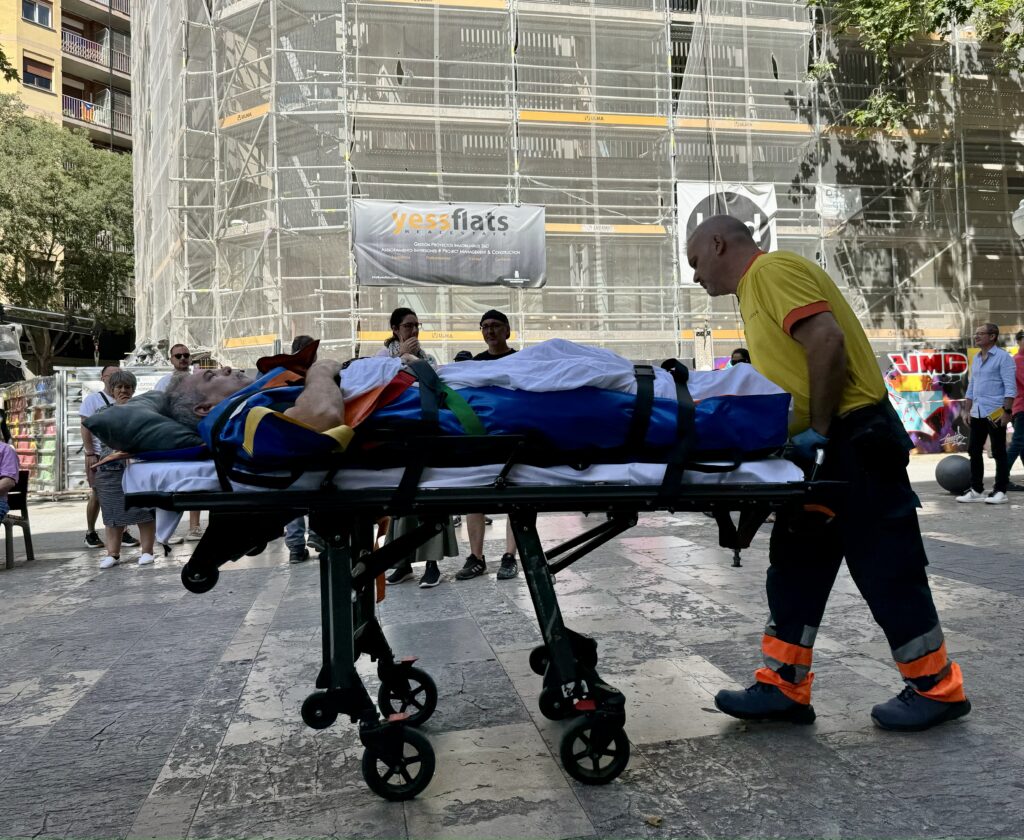
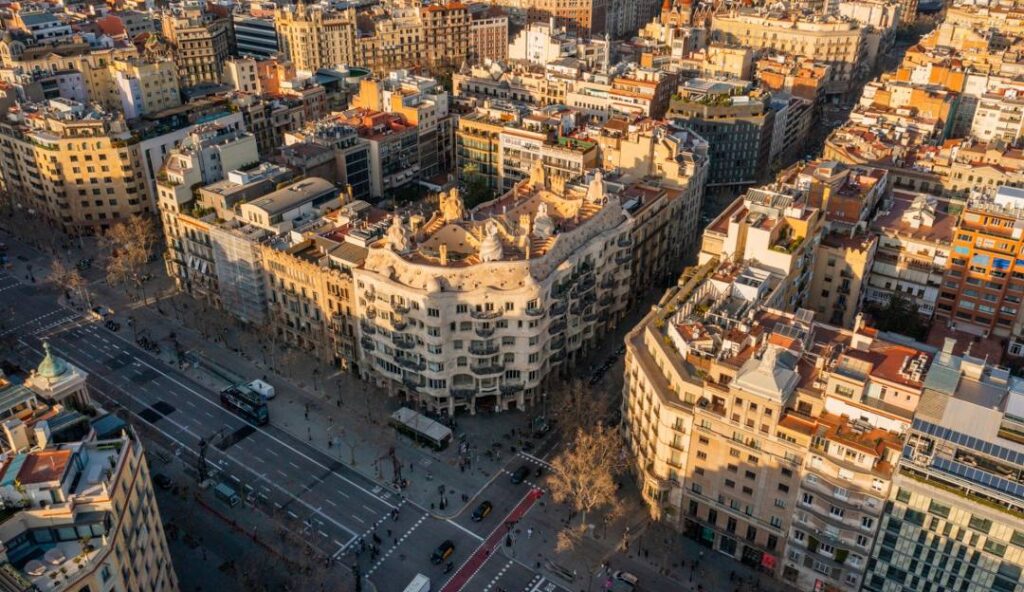

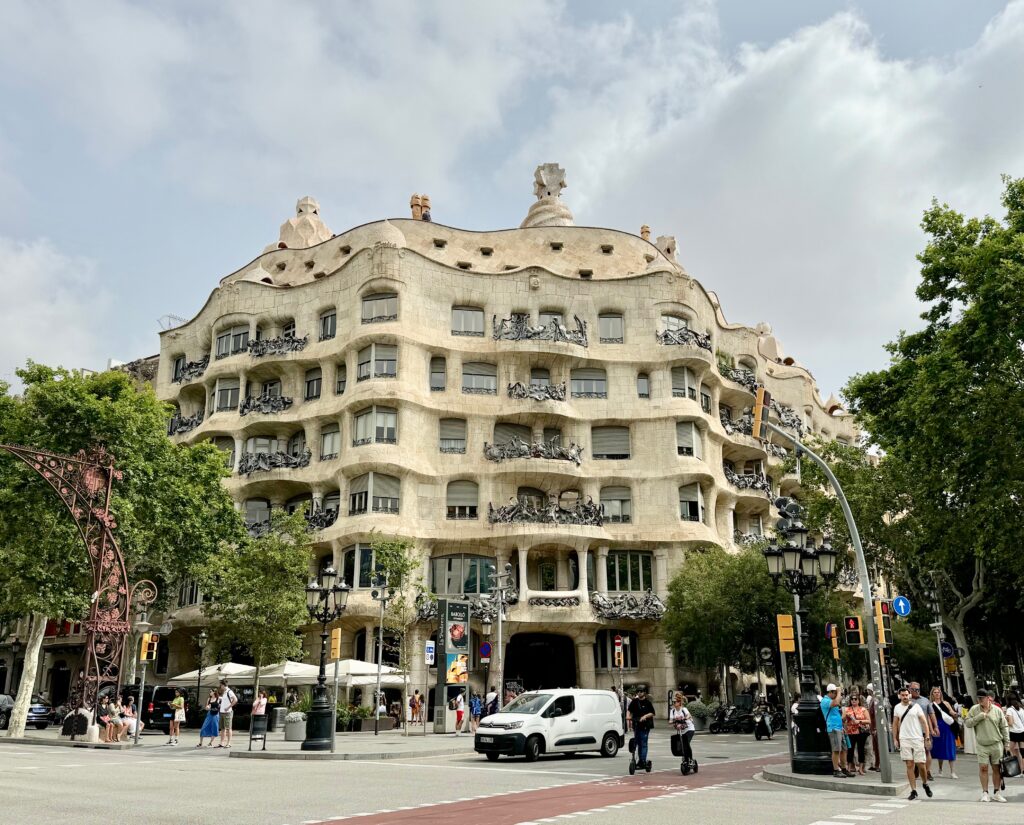
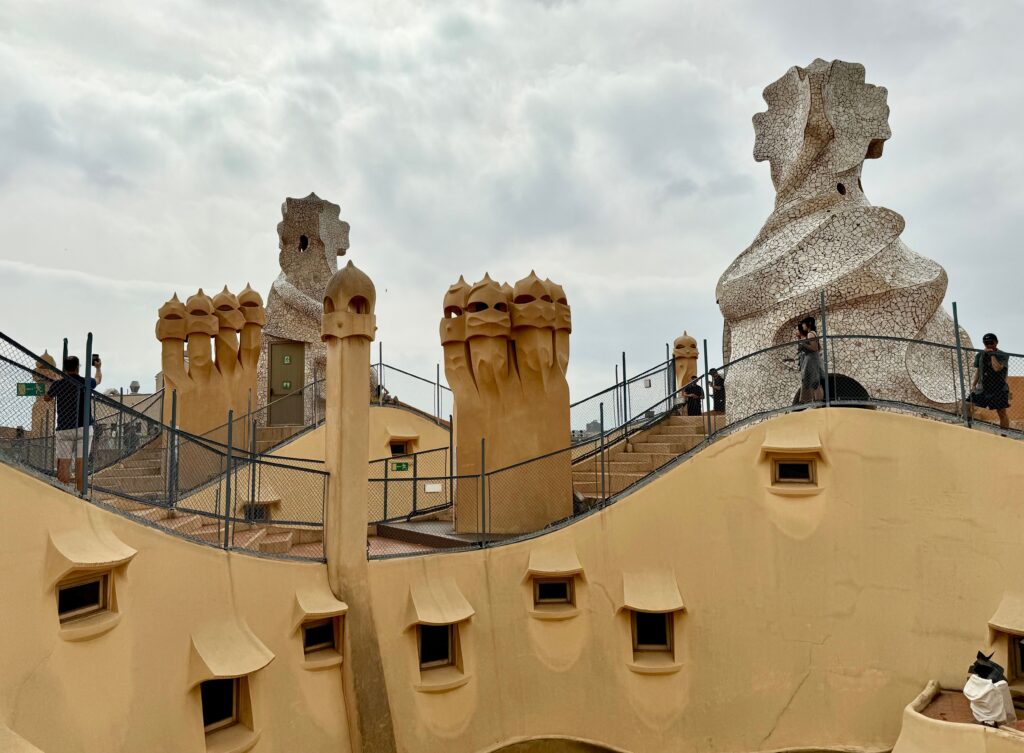
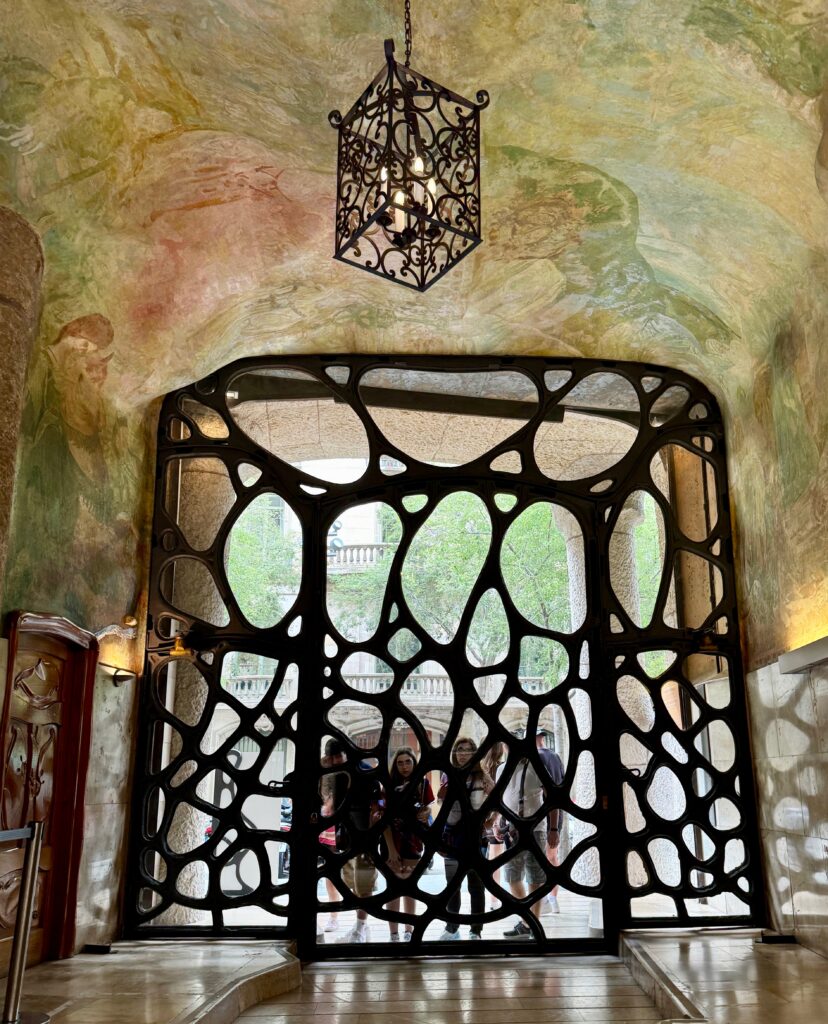
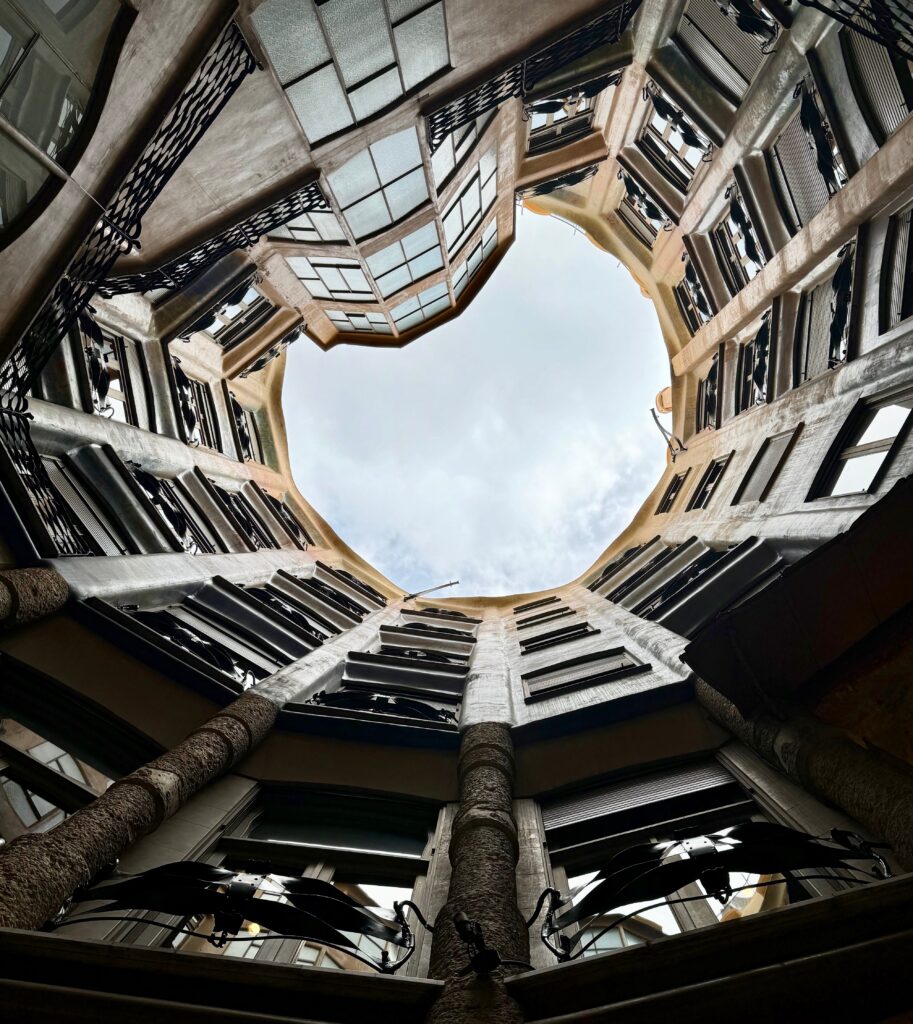
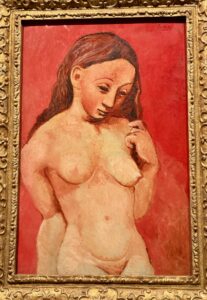
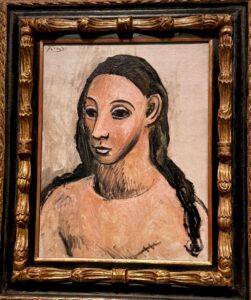
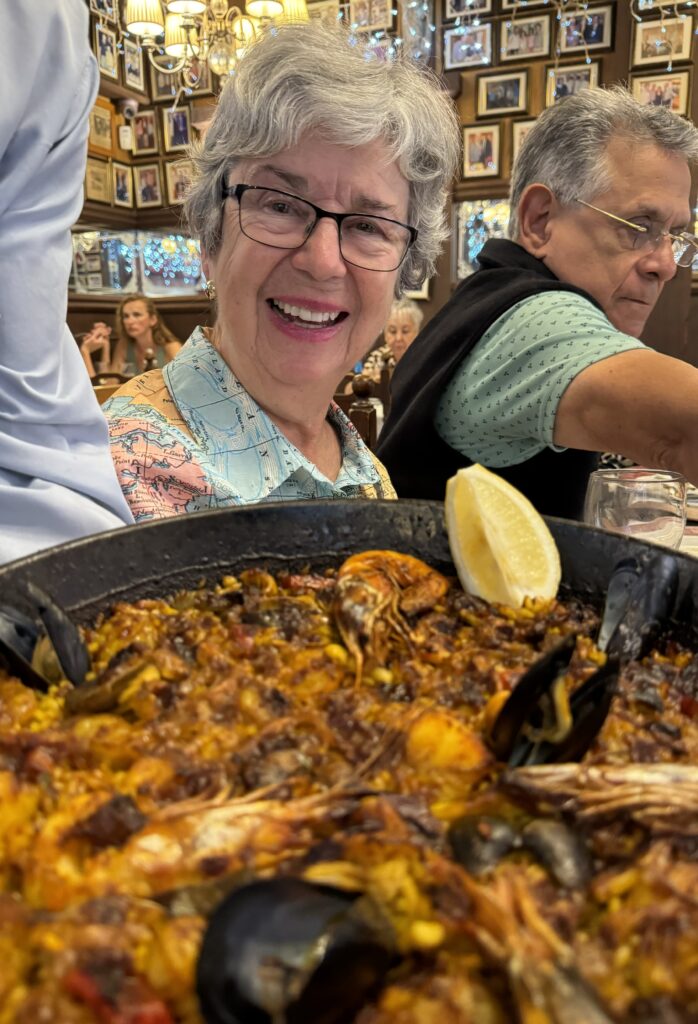
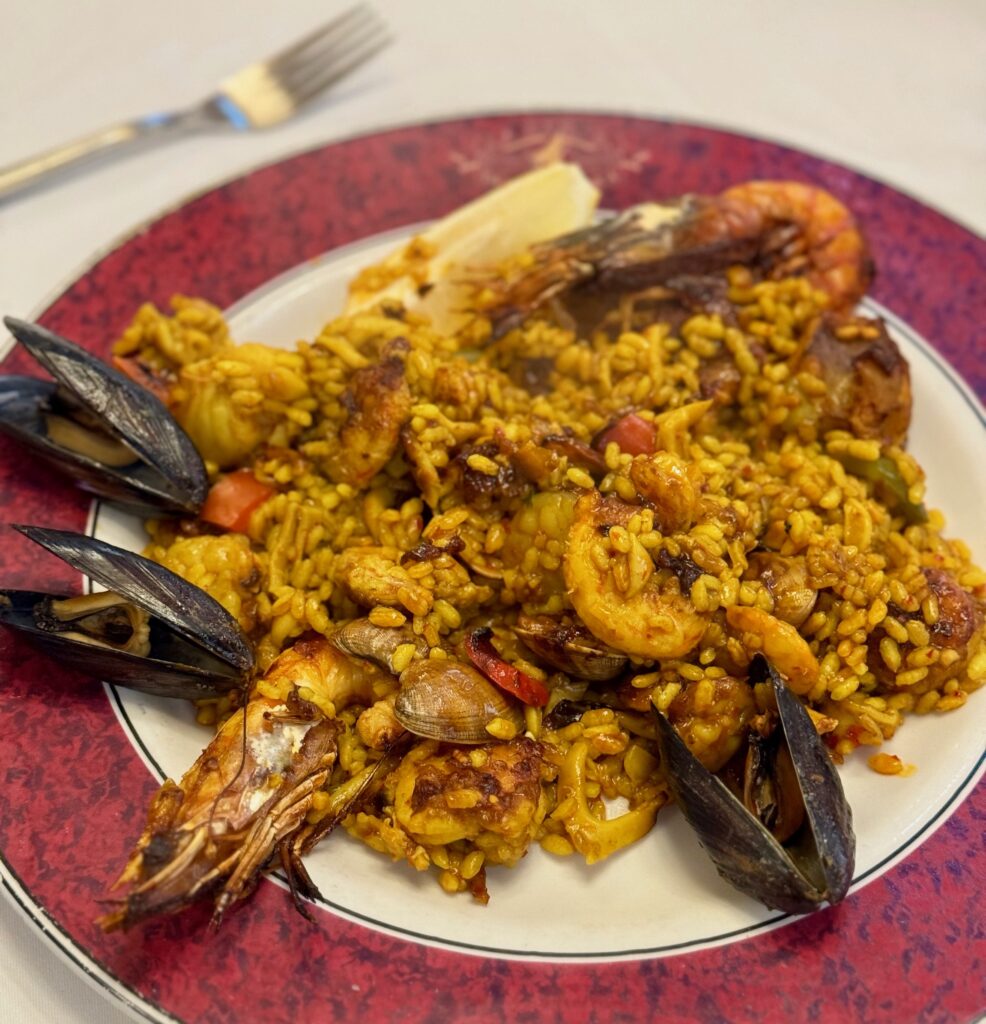

Leave a Reply